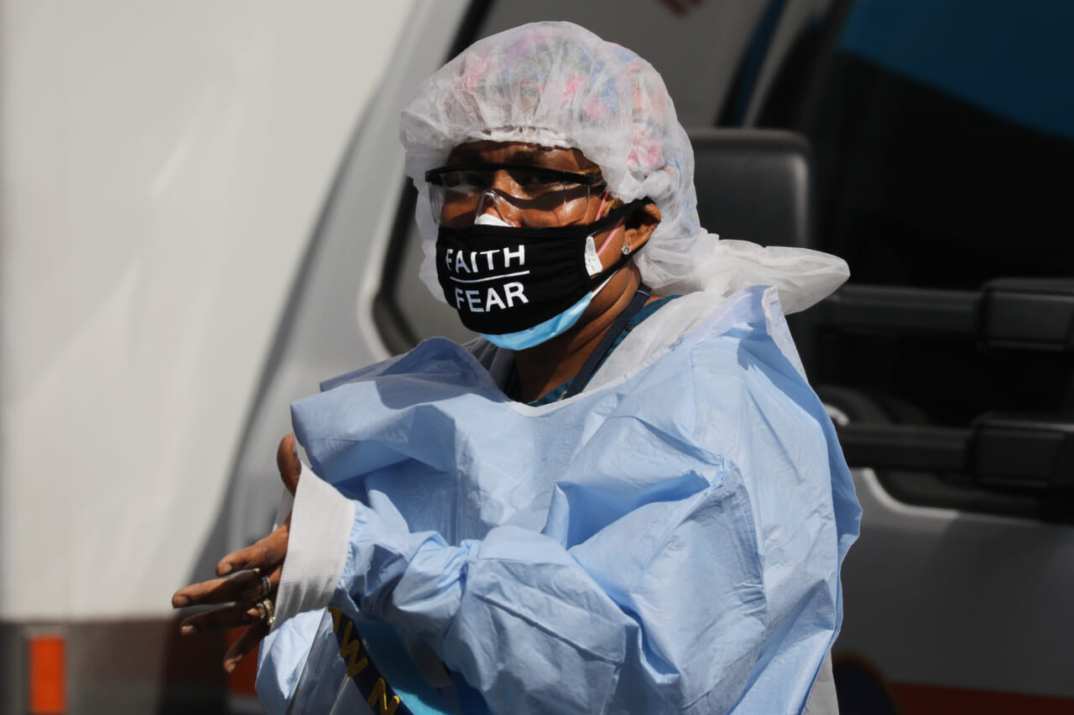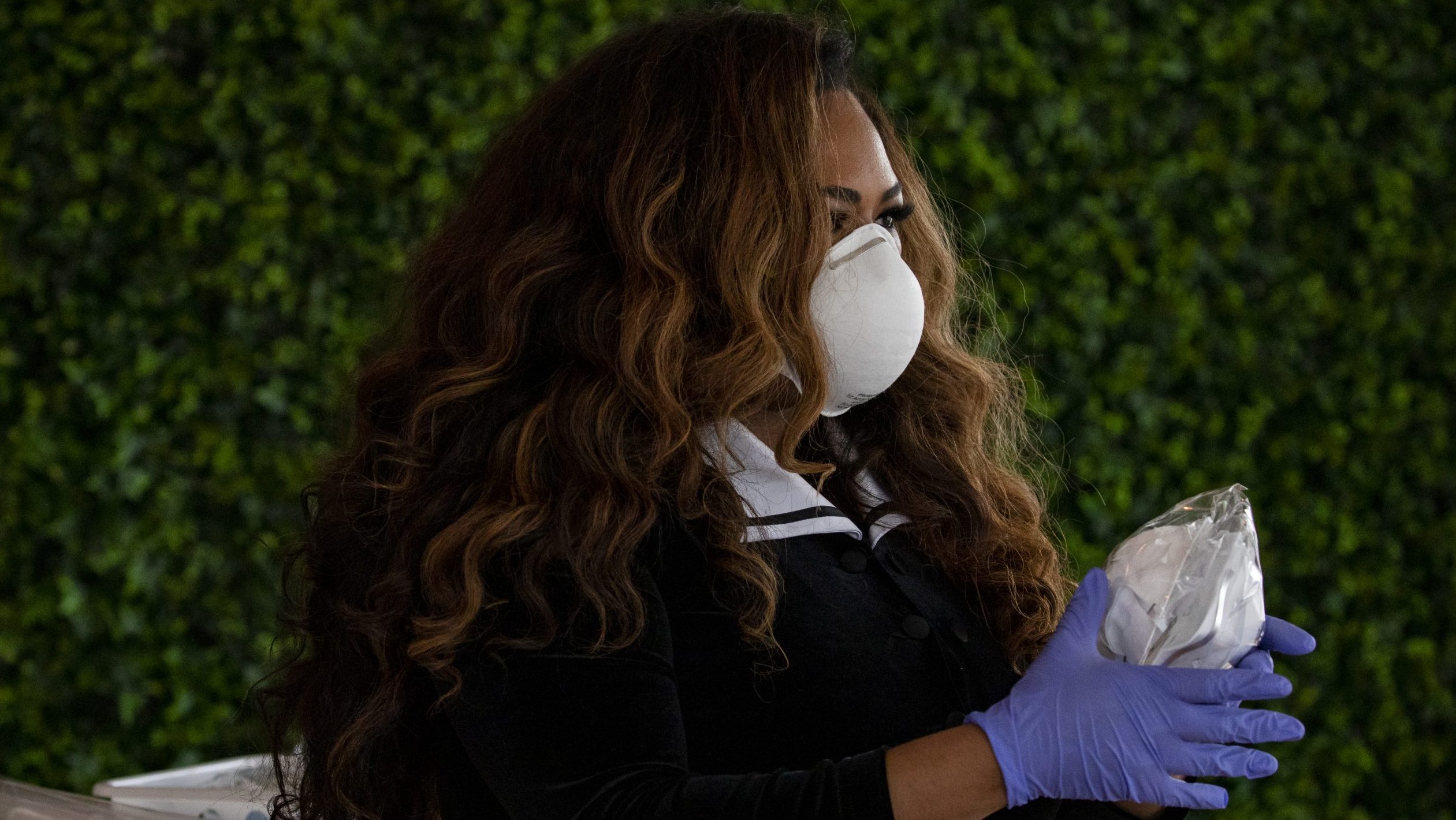World Health Org. confirms COVID-19 came from animals and not lab
President Donald Trump's administration has launched an investigation to look into whether the virus was engineered in a lab in the Chinese city of Wuhan

Despite rumors swirling all over the internet, the World Health Organization has found evidence that indicates coronavirus was not produced in a laboratory but instead originated in China late last year.
“It is probable, likely, that the virus is of animal origin,” WHO spokeswoman Fadela Chaib explained Tuesday during a news briefing in Geneva.
READ MORE: Coronavirus may spread on shoes, study says

(Photo by Samuel Corum/Getty Images)
These findings come on the heels of President Donald Trump confirming last week that his administration had launched an investigation to look into whether the virus was engineered in a lab in the Chinese city of Wuhan, from which it first emerged.
Right-wing bloggers and conservative media pundits have been vocal about making allegations that coronavirus escaped the Wuhan Institute of Virology. Some speculated that the virus was linked to a Chinese biowarfare program while others opined that it came from a bat that accidentally escaped the research facility because of poor safety protocols.
READ MORE: theGrio launches Facebook Watch series covering plight of Black-owned businesses during COVID-19
Both theories stem from the Wuhan Institute of Virology’s history of studying coronaviruses in bats along with the facility’s proximity to where the infections were first diagnosed.
Despite these initial findings, Chaib concedes that there remain unanswered questions about exactly how the disease jumped the species barrier to humans, with the current best guess being that it was via an intermediate animal host. She also said the coronavirus, which causes the disease COVID-19, “most probably has its ecological reservoir in bats.”
